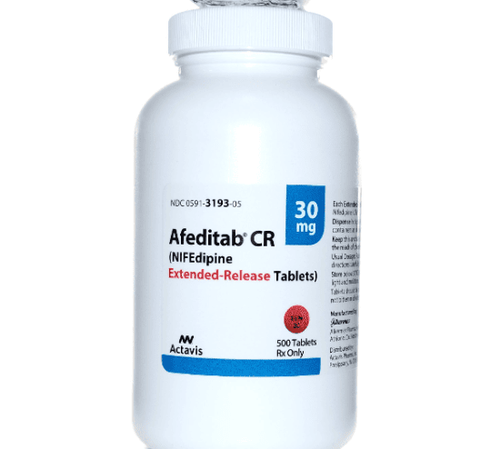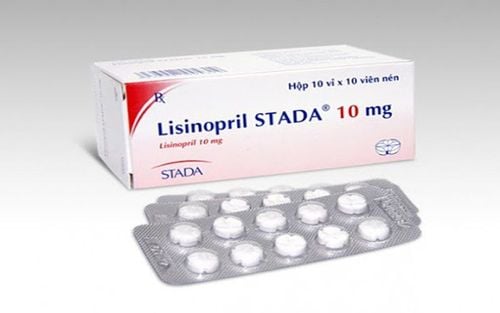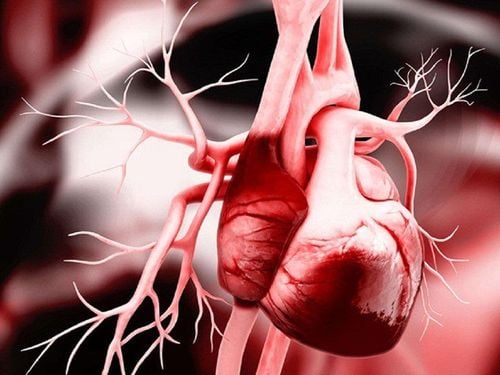This is an automatically translated article.
The article was professionally consulted with Specialist Doctor II Nguyen Quoc Viet - Department of Medical Examination & Internal Medicine - Vinmec Da Nang International General Hospital.Coronary revascularization is a procedure used to treat severe obstructive coronary artery disease in acute coronary syndromes. This is the result of atherosclerosis, narrowing of large arteries and restricted blood supply to vital organs.
1. What is coronary revascularization for patients with acute coronary syndrome?
In people with coronary artery disease who experience an acute myocardial infarction event, the arteries that supply blood to the heart muscle are suddenly blocked by fatty deposits (atheroma). These are agents that can reduce blood flow to the heart muscle, thereby causing severe acute chest pain. If the ischemic time is prolonged, the myocardium is necrotic, the heart gradually reduces the function of contractile and conduction of rhythm. At this time, the patient easily falls into acute heart failure, arrhythmia, heart failure and sudden death.In these cases, there are two main treatment options: medical treatment (medication) and interventional therapy (revascularization). For the type of intervention, there are two measures to be considered: balloon angioplasty and percutaneous coronary stenting or open heart bypass surgery. The main goals of these treatments are to quickly reestablish blood flow to the heart, restore cardiovascular function, prevent events caused by acute coronary syndromes, and improve people's quality of life. disease later. However, the choice to perform coronary revascularization is decided by the interventional cardiologist, based on the characteristics of the damaged coronary arteries after coronary angiography as well as the patient's intrinsic condition.
2. Percutaneous coronary intervention
Definition Percutaneous coronary intervention (abbreviated in English as PCI) is a procedure in which a metal catheter (stent) is placed at the site of the blockage to keep the artery lumen wide. In this way, stenting will help quickly restore blood flow to the myocardium in cases where patients are hospitalized for chest pain due to acute coronary syndrome.Preparation for stenting Blood tests and electrocardiograms will be performed prior to stenting to ensure that other potential medical problems are identified and controlled prior to the procedure.
Then, the patient will have interventional coronary angiography by inserting a catheter into a blood vessel in the heart and injecting contrast material. This procedure is performed to identify the “culprit” coronary artery, which is the location of the blockage, and assess the severity of the blockage to select the appropriate intervention.
Because coronary revascularization for patients with acute coronary syndromes is an emergency intervention, the patient does not require any preparation, such as fasting or discontinuation of medication.
Procedure Percutaneous coronary intervention is always performed at the hospital in a specialized procedure room. This procedure usually takes one to two hours. The patient was given mild sedation and local analgesia prior to the procedure.
To widen a narrowed artery, a long, thin catheter is inserted into an artery in the leg (femoral artery) or wrist (radial artery) to the beginning of the narrowed coronary artery in the heart. Catheter placement was confirmed by contrast injection into the coronary artery and X-ray to see the position of the catheter.
Once the catheter is in place, the surgeon will inflate the balloon to widen the narrowed lumen. Then, a stent (a metal tube made of wire mesh to maintain the shape of the vessel after angioplasty) is placed in place to reduce the risk of future restenosis. The doctor will re-inject the contrast agent to check the correct position of the stent, evaluate the good blood circulation, rule out complications from the intervention, and remove the entire catheter.
Post-procedural care Once the catheter is removed from the artery, the patient will be placed in a high-pressure bandage on the inlet vessel and should remain immobilized in place in bed for 24 hours.
During the time until the bandage is removed, the patient should be continuously checked for bleeding and hematoma at this site. After that, the patient can return to normal activities.
Complications Complications from coronary stenting are relatively rare. The most common complications include discomfort and bleeding at the catheter puncture site.
Sometimes, the procedure creates a small tear (called a "dissection") of the inner layer of a coronary artery. Usually, the tear is small and heals on its own.
Postoperative treatment One of the most serious complications that can occur after stenting is the development of a blood clot inside the stent. This condition is known as “stent thrombosis” causing restenosis after dilation and stenting with the mechanism that the metal layer of the stent comes into contact with blood components causing a coagulation reaction. Because stent thrombosis can obstruct blood flow to the heart, clot-preventing drug therapy should be maintained after intervention for 6 to 12 months and sometimes longer. Never stop these medications without your cardiologist's approval.
In addition, the patient also needs to comply with other medical therapies to treat acute coronary syndrome in combination with lifestyle changes.
After stent placement and discharge from the hospital, the patient still needs to monitor their symptoms, seek medical help immediately if any of these occur such as: Chest pain develops and does not improve when taking a sublingual dose of nitroglycerin; where the catheter was inserted pain, swelling, heat, heavy bleeding or pus discharge; fever higher than 38°C.
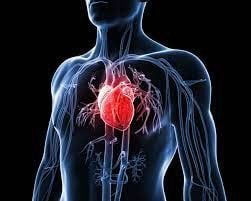
3. Bypass surgery
Definition Bypass surgery (abbreviated in English as CABG) is one of the methods of coronary artery bypass. This is an intervention where the doctor uses a patient's own vein (usually from the leg) or an artery (usually from the chest or arm) to form a bridge, bypassing the narrowed area and restoring it. blood flow to the heart muscle. Thus, bypass surgery can significantly reduce chest pain after acute coronary syndrome and may also prolong survival for people with some forms of severe coronary heart disease in general.However, in acute coronary syndrome events, the advantages of rapidity, simplicity, and high success rate of percutaneous coronary intervention make this reperfusion intervention always a priority. On the other hand, those experiencing acute complications of myocardial infarction such as valvular regurgitation, cardiogenic shock requiring mechanical support, or coronary anatomy that is unfavorable or unfeasible for PCI should consider performing CABG from the outset. head.
Preparation of the graft With coronary artery bypass surgery, a leg vein or artery taken from the chest and arm is grafted from the aorta to the coronary artery, bypassing the narrowed segment.
Of these, the left internal thoracic artery, which runs near the most important coronary artery (anterior descending coronary artery) is often the first choice for transplantation, as has been shown to improve outcomes after intervention.
Performing surgery As a major surgery, bypass surgery is performed in the condition that the patient is under general anesthesia (completely asleep with drugs). The surgery usually lasts three to six hours. The surgeon makes an incision in the breastbone to open the chest and gain access to the heart. If the left internal thoracic artery is used, it will be dissected from the chest wall to join the desired coronary artery. If a vein or radial artery is used, it will be removed from the leg or arm beforehand for grafting.
Attaching the bypass vessel to the coronary artery requires cardiac arrest using chemotherapy and cooling (hypothermia), creating favorable conditions for the surgeon to suture the grafts.
While the heart stops beating, blood circulation is still maintained by an artificial heart and lung machine, helping to circulate blood and provide oxygen to the body. At the same time, fluids, electrolytes or nutrients, and even medications, can be added to the blood as it passes through the pacemaker.
Postoperative care Immediately after surgery, the patient should continue to be monitored for one to two days in the intensive care unit. Several systems are used to monitor pulse and heart rate, electrocardiogram, blood pressure, temperature, breathing rate. Only when all the basic functions of the body recover, the monitoring will gradually decrease and the patient is taken to the usual prevention.
Most patients are able to sit up on their own one day after surgery. Next, patients are encouraged to begin walking within one to two days after surgery.
If all goes well, the patient will be discharged from the hospital four to five days after surgery. However, the hospital stay may be longer, depending on the individual's speed of recovery and any possible complications.
After being discharged from the hospital, patients with bypass surgery can fully return to light work and activities within four to six weeks. Physically demanding jobs often take longer to recover. In general, absolute recovery from surgery usually takes two to three months.
Complications Although uncommon, some complications can occur after coronary artery bypass graft surgery. Major complications include bleeding that may require a return to the operating room, heart attack, heart failure, arrhythmias, stroke, altered cognitive function, lung problems, wound infections, kidney failure and dead.
At the same time, patients can also face complications after surgery, related to the body's response to artificial blood circulation and gas exchange through the cardiopulmonary apparatus.
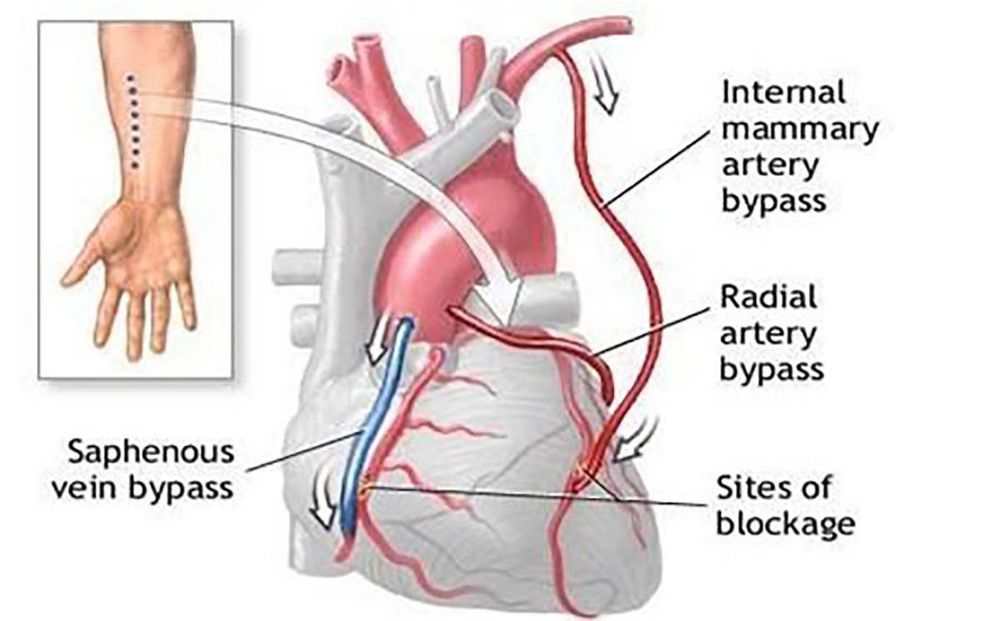
4. Choice of coronary revascularization measures
The choice of CABG or PCI depends on the distribution of coronary artery disease, comorbidities, and patient preferences.Patients with significant left main artery occlusion, multiple branches, or left ventricular dysfunction benefit more from CABG than PCI, especially when the cardiovascular surgical risks are relatively low.
Conversely, if coronary occlusion is at one site or the patient is at high surgical risk, PCI should be preferred.
In patients with diabetes, regardless of the severity of the coronary anatomy, CABG should be performed over PCI because of improved long-term survival as well as a reduction in serious cardiac and vascular adverse events Brain.
In summary, coronary heart disease can still be maintained stable and treated with medical therapy as well as adhere to a healthy lifestyle. However, when the artery is severely blocked in acute coronary syndrome, a coronary revascularization procedure is required. The choice of angioplasty and stenting or bypass surgery is patient-specific with the goal of optimizing cardiac reperfusion.
Currently, Cardiovascular Center - Vinmec International General Hospital is one of the leading centers in the country for examination, diagnosis, screening and treatment of cardiovascular diseases. Vinmec not only has the convergence of a team of experienced and reputable leading experts in the field of surgical treatment, internal medicine, interventional cardiac catheterization, but also has a system of modern equipment, on par with The most prestigious hospitals in the world such as: MRI 3 Tesla (Siemens), CT 640 (Toshiba), high-end endoscopy equipment EVIS EXERA III (Olympus Japan), high anesthesia system Avace level, Hybrid operating room according to international standards... Especially, with the space designed according to 5-star hotel standards, Vinmec ensures to bring patients the most comfort, friendliness and peace of mind. .
Please dial HOTLINE for more information or register for an appointment HERE. Download MyVinmec app to make appointments faster and to manage your bookings easily.







